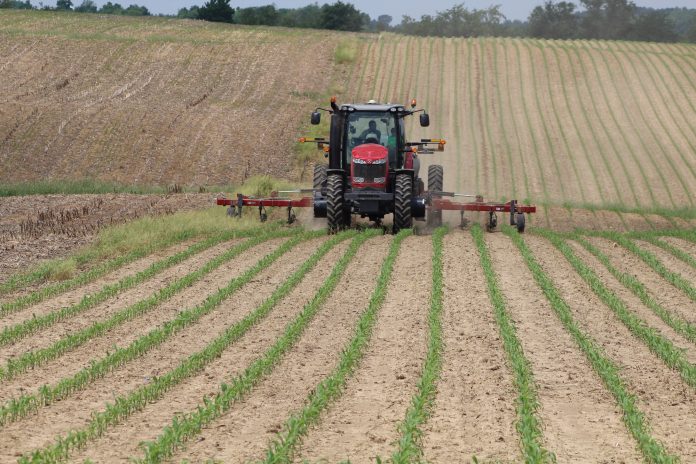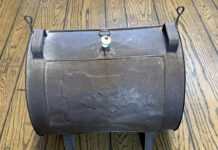Nitrogen management of winter wheat, rye, triticale and barley grown for forage is a critical component of both yield and quality. While February is a little early to be applying nitrogen fertilizer, now is the time to plan for spring green-up.
When making decisions about nitrogen needs and timing, you need to consider about your field’s manure history and if you applied fall nitrogen.
Fall application
Fall nitrogen applications of manure or commercial fertilizer have been the greatest driver of yield in our last two years of research on cereal rye. Fall nitrogen applications increased tillering, as the primary driver of yield. In a project that is currently growing, we found a significantly different amount of tilling and ground cover from cereal rye when 30 pounds of fall nitrogen was applied compared to no nitrogen.
Tilling increased through 60 pounds of fall nitrogen with no additional tillering at rates over 60 pounds of nitrogen. While this is the first year of this project the goal is to use precision agriculture tools such as NDVI or canopeo to assess cereal grain nitrogen needs in the spring after manure applications. In 2022 increased tillering raised yields by 0.3 tons of dry matter per acre while our 2023 crop saw a 1.5 tons per acre increase in dry matter. The 2022 crop had below-average yields across all treatments.
Spring application
If you didn’t apply nitrogen in the fall, an early spring nitrogen application at dormancy break can still increase tillering and yield. Each species will begin breaking dormancy at different times with cereal rye and triticale greening up first and wheat and barley being much slower. With the warm temperatures the last several weeks, some fields are already breaking dormancy.
When a spring nitrogen application is used to increase tillering, it may be beneficial to use a split application approach. If all your nitrogen is applied at green-up it is susceptible to losses through leaching for many weeks before the plant will utilize all the nitrogen you applied. In a split application approach for low tilling, 20-30 pounds of nitrogen would be applied at green up when the ground is not frozen so that the nitrogen can move into the soil and be utilized by the crop.
The second application of a split application approach or the only spring application of nitrogen if you already have good tilling should be applied just before your forage crop begins to joint. When scouting fields this can be identified by the crop becoming slightly rigid or erect, instead of floppy.
Identifying this stage correctly is critical so that the crop has time to utilize the nitrogen, creating protein before harvest. This nitrogen application can increase both yield and forage quality. If fields have a history of manure application greater than every other year a nitrogen rate of 50 pounds per acre usually has the greatest economic return.
When there is minimal history of manure applications higher rates may be beneficial. In the same trial as above in 2022 and 2023 we compared 50 and 70 pounds of spring nitrogen. In both years we had a significant increase in crude protein from the 20 additional pounds of nitrogen ranging from a 1-2% increase in crude protein. There was no yield increase in 2022 but a half-ton increase in 2023. In both years the cereal rye removed more nitrogen than was applied from 120-196 pounds of nitrogen removed. Creating an excellent nitrogen use efficiency.
We have also been researching if there is a benefit to a spring sulfur application. Sulfur is a critical element for plant growth and protein production. However, sulfur has to be a limiting nutrient for the application to increase yield or crude protein. While the amount of atmospheric sulfur deposition each year has been declining we are still receiving a significant amount of sulfur from this source, for most of our crops including winter annual forages.
When scouting forage growth stages also watch for weeds that may need controlled. Most weeds have minimal effect on these forages however cressleaf groundsel is a winter annual that is often present in no-till fields and is toxic to livestock.













